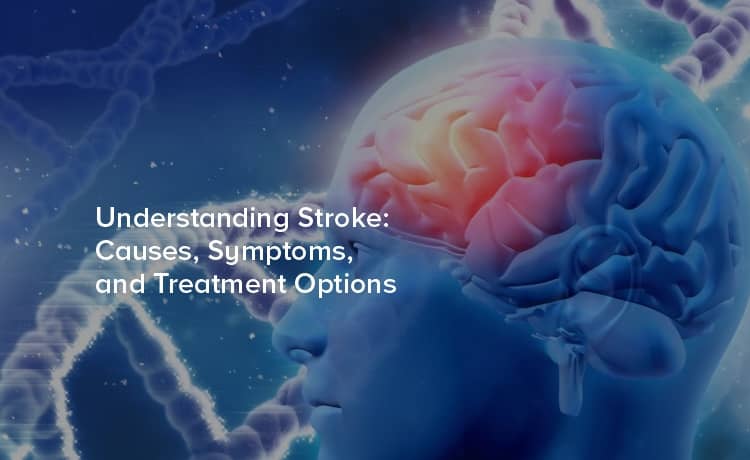
Stroke is a formidable giant in medical emergencies, often striking swiftly and without warning. It's a condition that can cause lasting physical and neurological damage, but knowledge is power when it comes to prevention and recovery. This comprehensive guide aims to arm health enthusiasts and caregivers with crucial information to understand, identify, and address this serious condition.
A stroke occurs when the blood supply to part of your brain is interrupted or reduced, preventing brain tissue from getting oxygen and nutrients. Brain cells begin to die in minutes. A stroke is a medical emergency, and prompt treatment is crucial. Early action can reduce brain damage and other complications.
Numerous factors contribute to the risk of stroke, some within your control and others not. Common causes include:
Understanding these risks empowers you to take proactive steps in stroke prevention.
Recognizing stroke symptoms is crucial for swift action:
Identifying these signs can be lifesaving, as they warrant immediate medical attention.
Time is of the essence when dealing with a stroke. The importance of calling emergency services immediately cannot be overstated. Treatment is most effective when started right away.
Treatment for stroke focuses on restoring adequate blood flow to the brain. Options include:
Leading a lifestyle that mitigates risk factors is the cornerstone of stroke prevention:
Staying informed about stroke awareness, recognizing stroke symptoms, and understanding stroke treatment are vital steps in managing your health. Embracing preventive measures and lifestyle changes can significantly decrease the risk of a stroke. Remember, if you or someone you know exhibits symptoms of a stroke, seek medical advice promptly. Call us today 040 67 19 19 19 or visit our Citizens Specialty Hospital website to book your appointment online. Don't wait until it's too late – prioritize your health and well-being now.